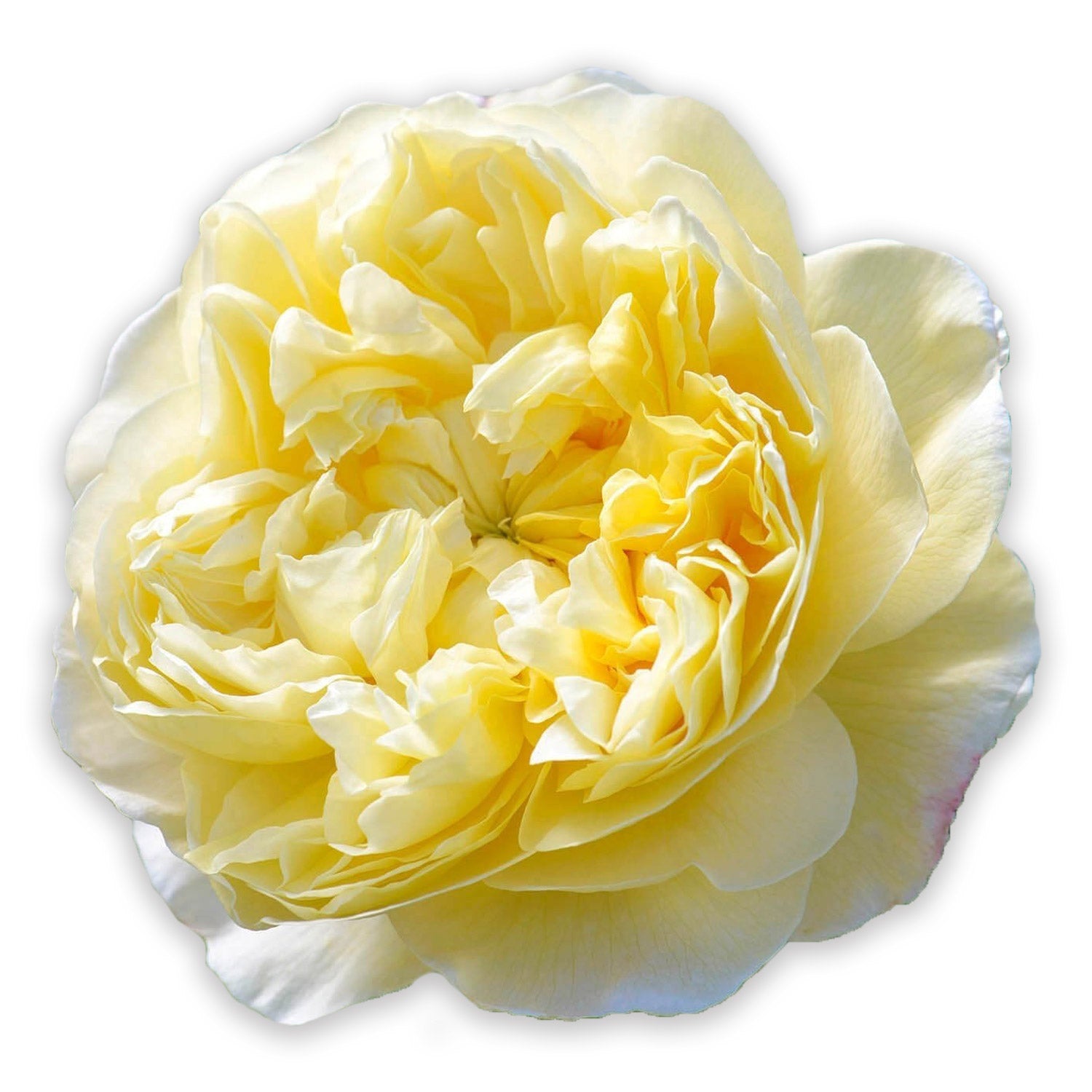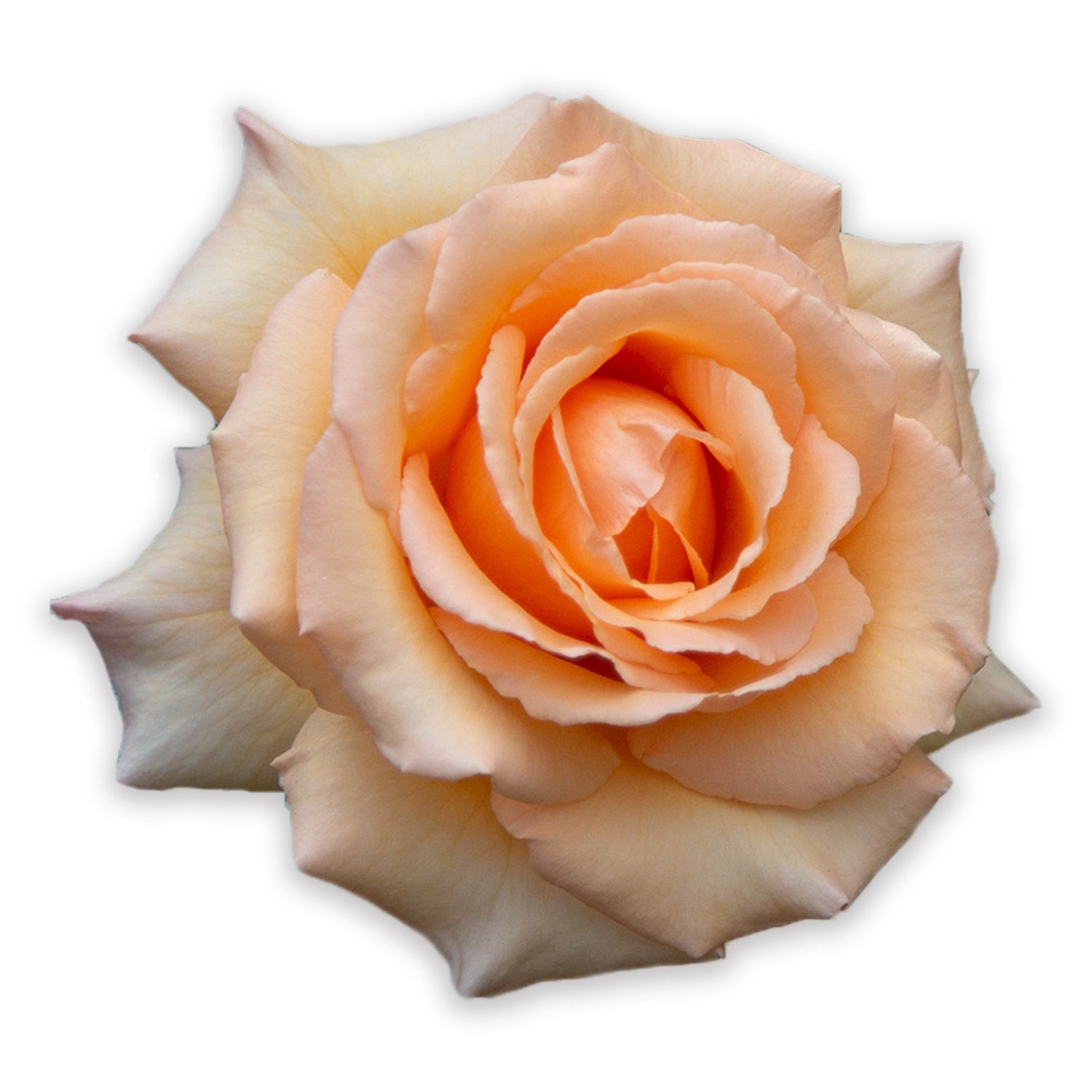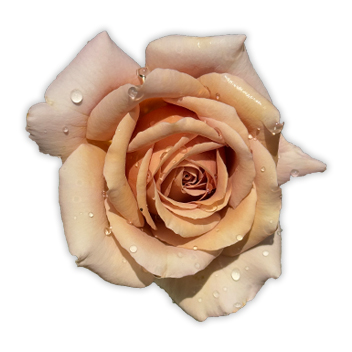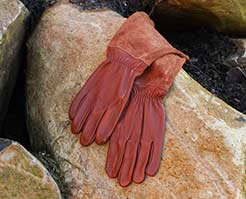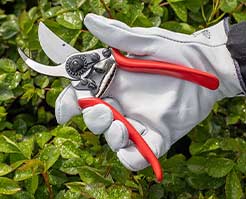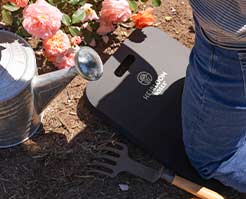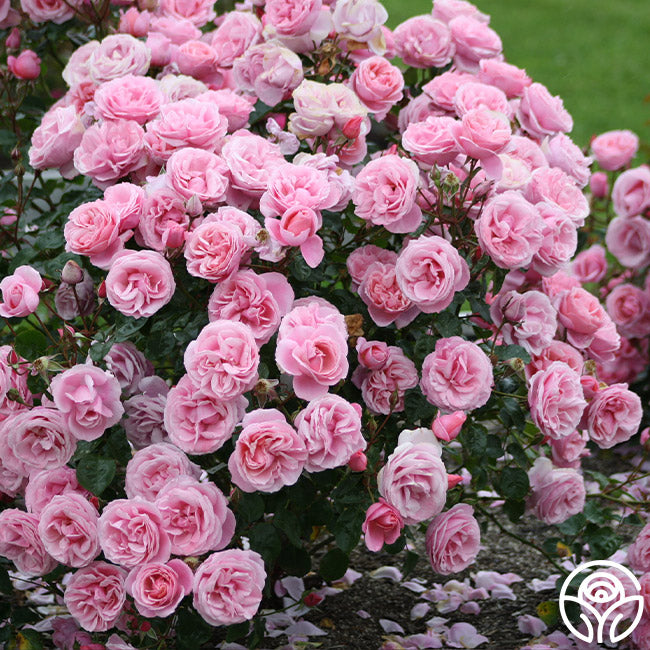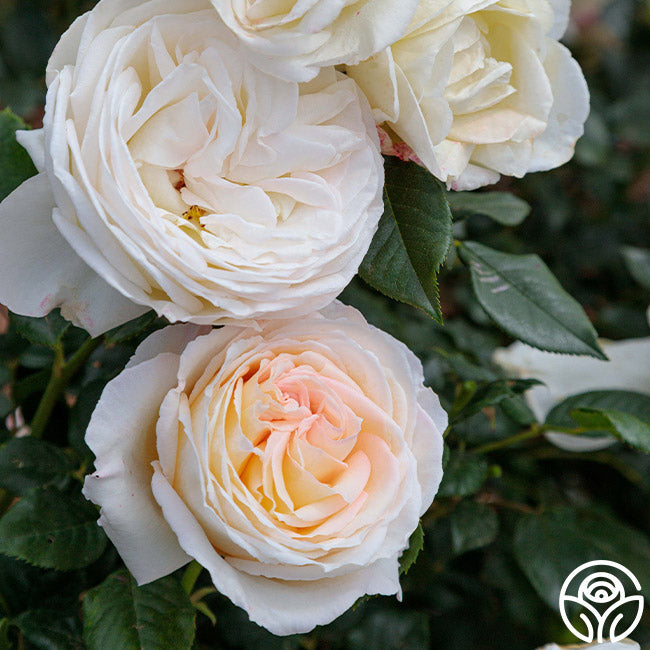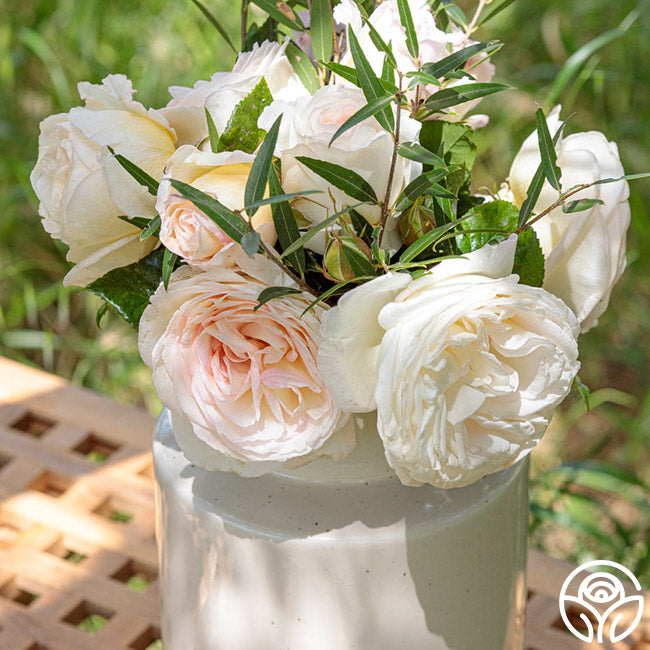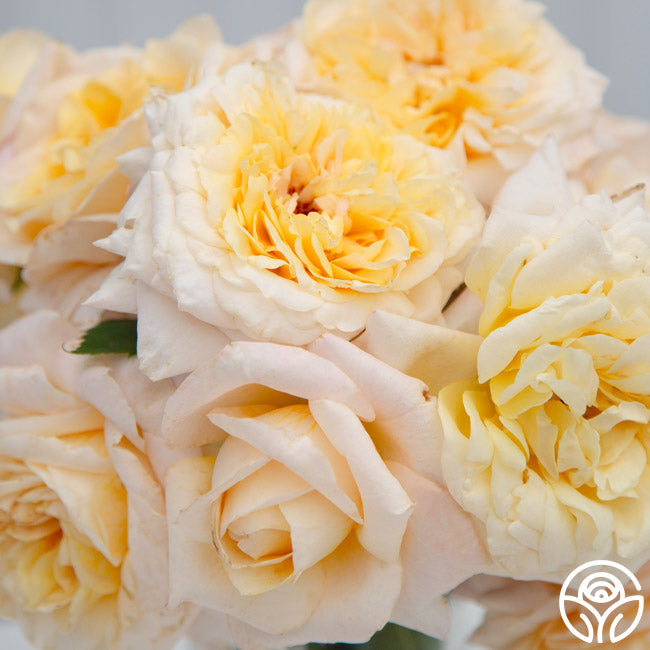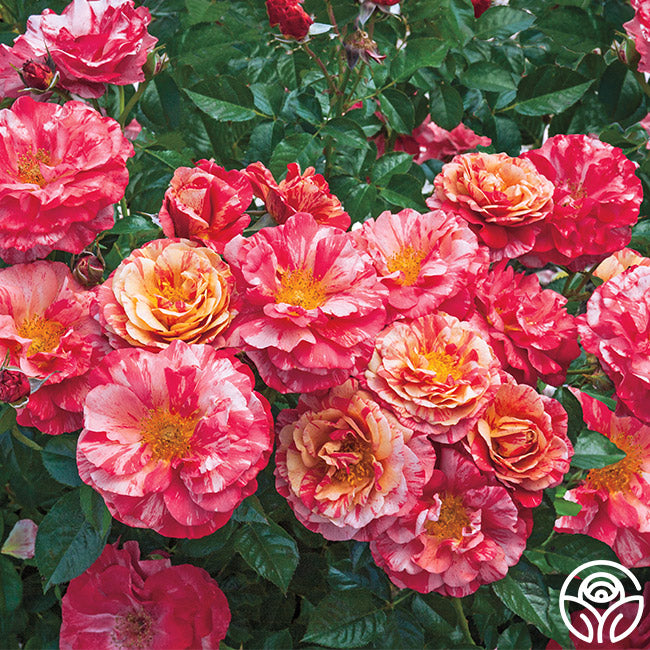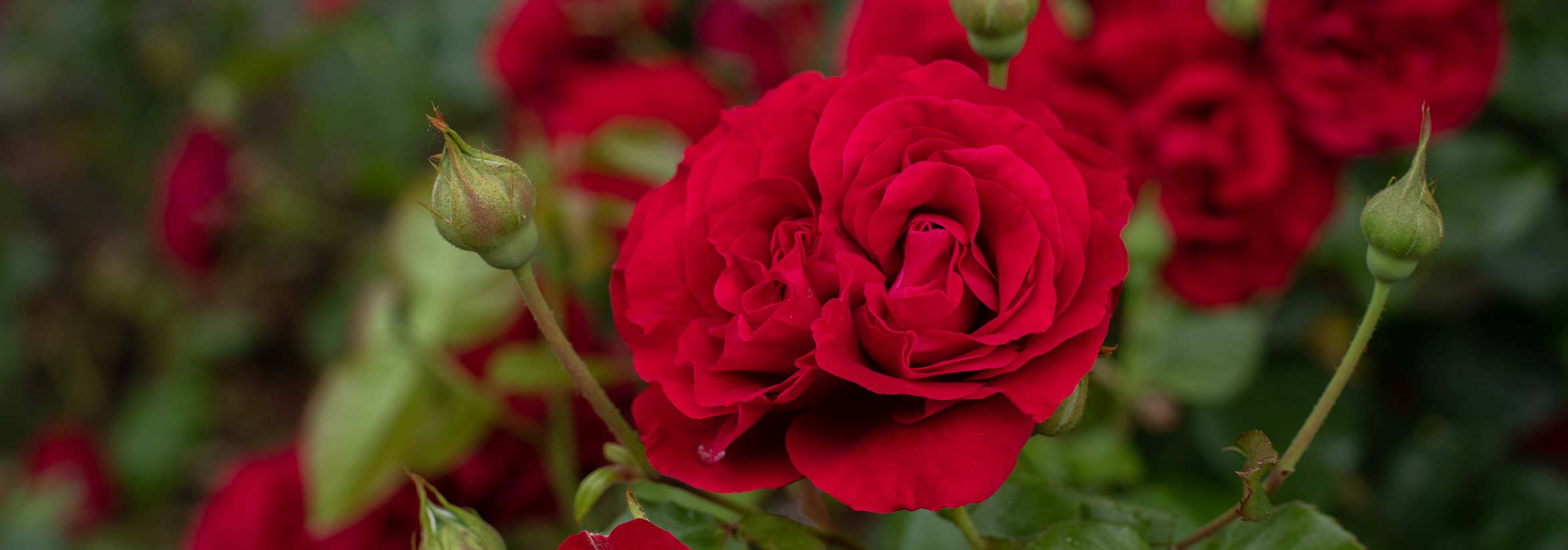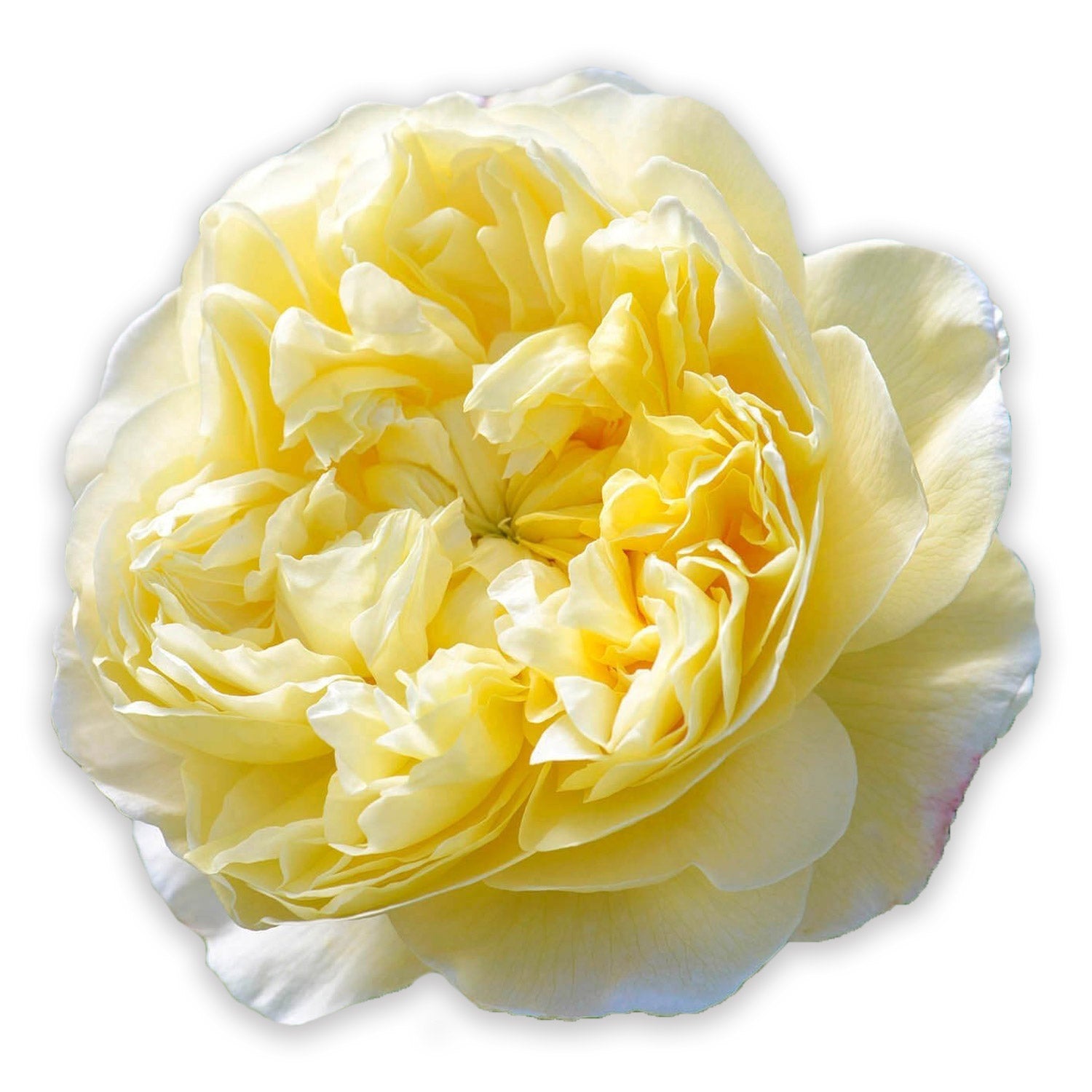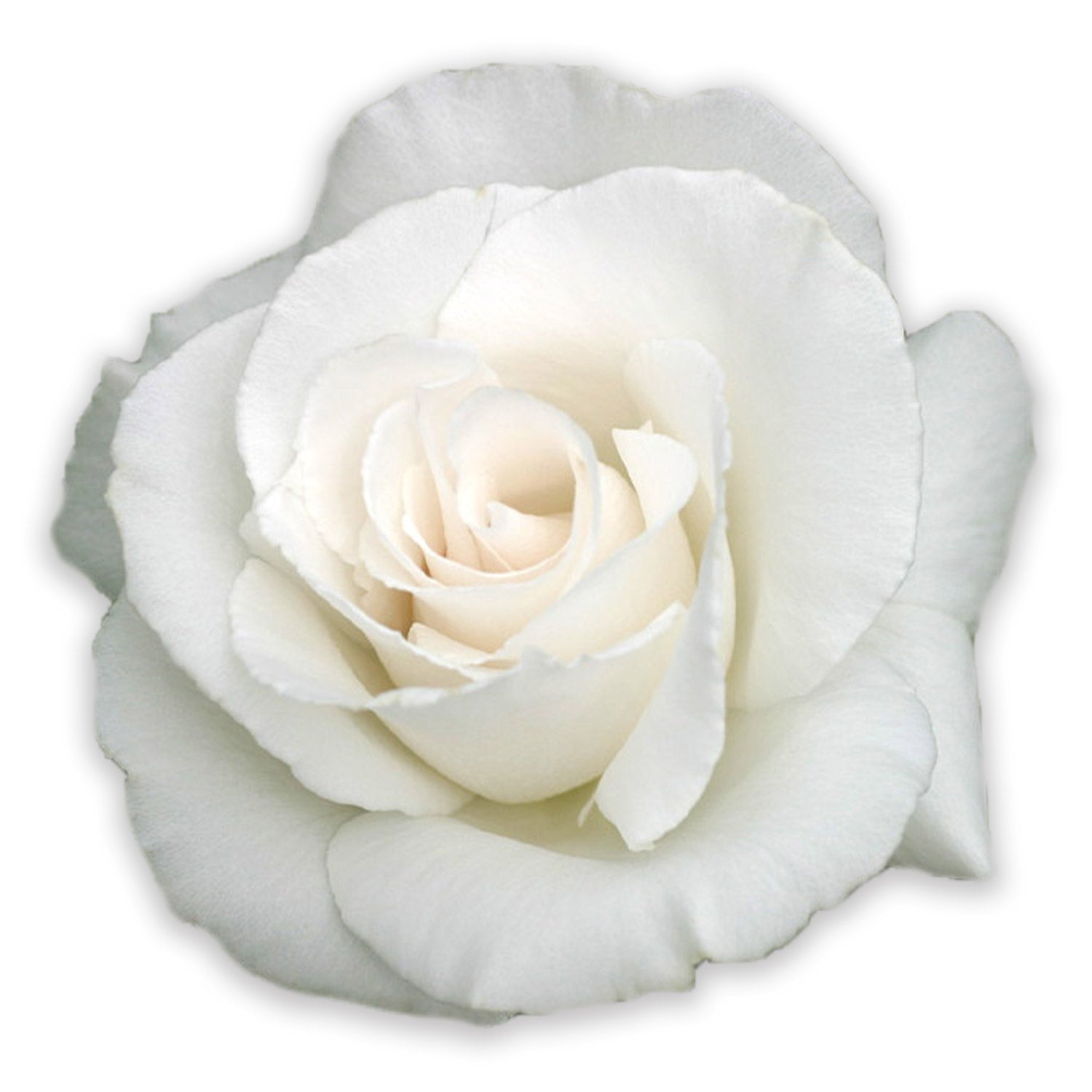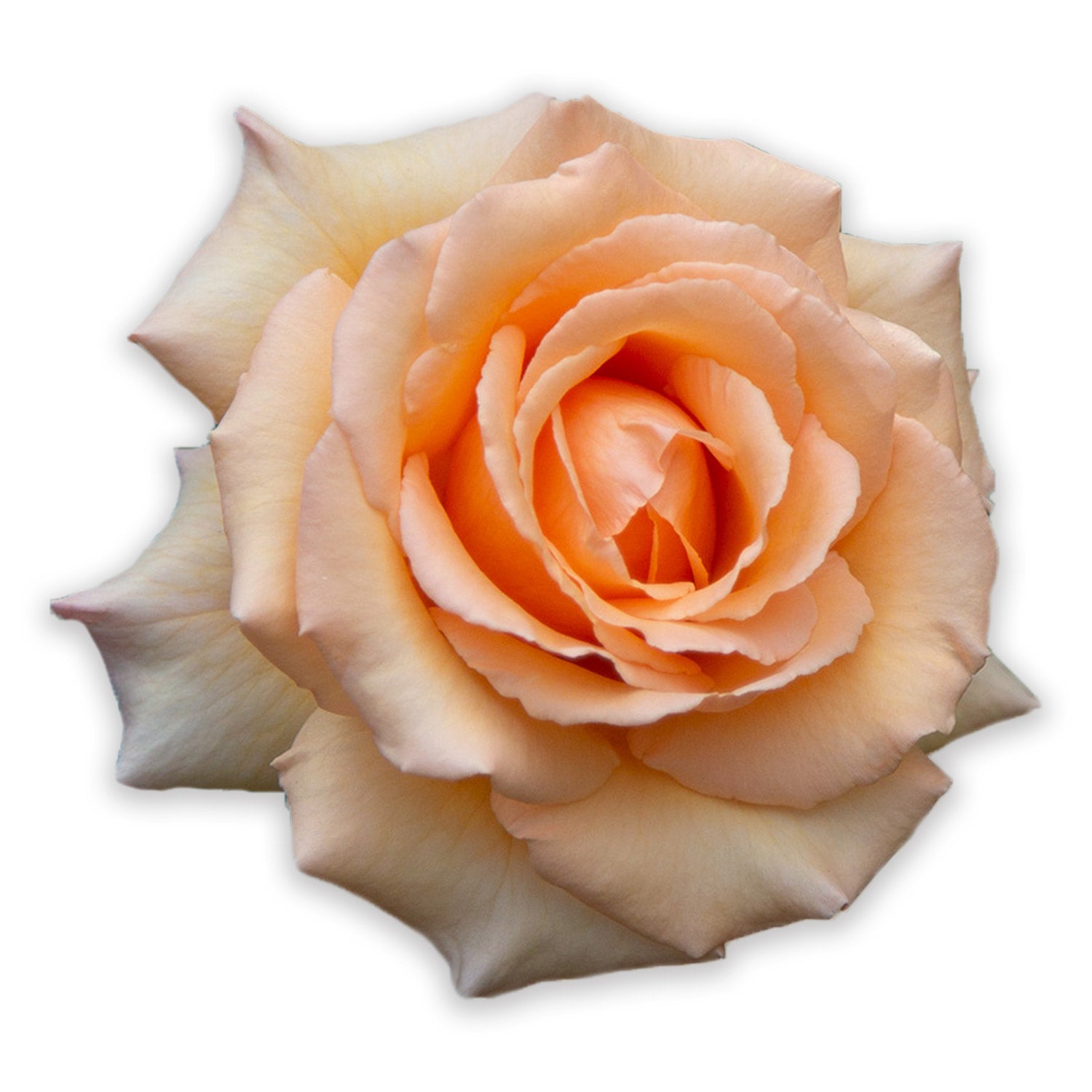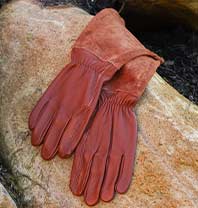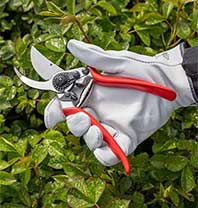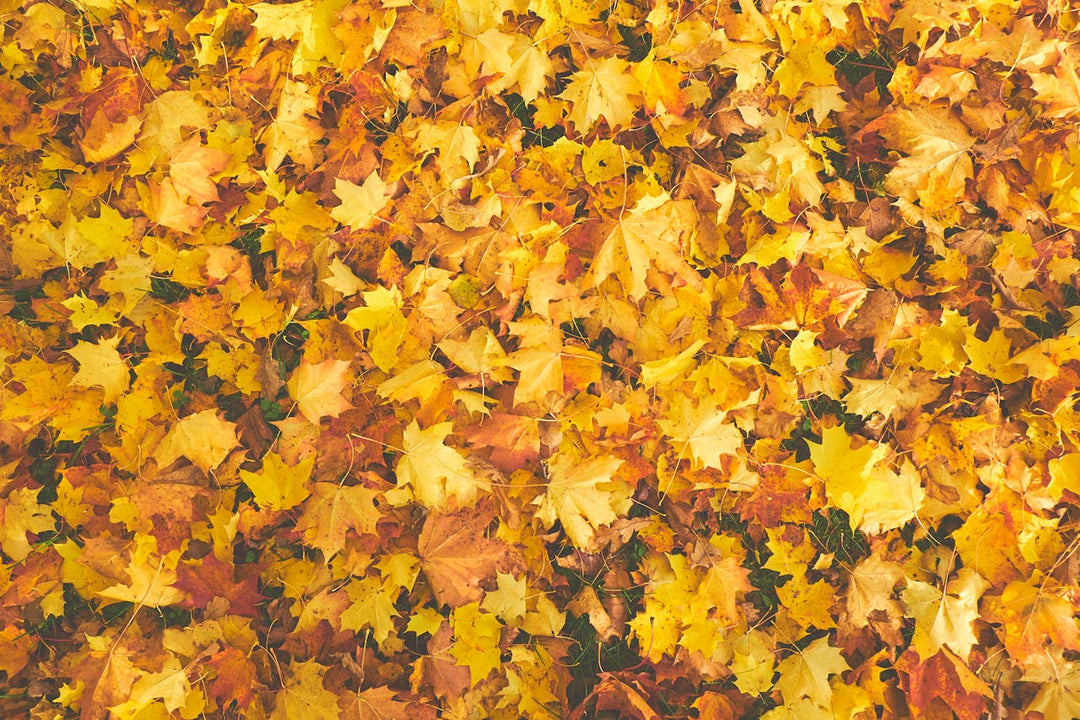How To Protect Roses for Winter
To ensure a successful garden, it is important to choose the correct rose for your hardiness zone. But even the hardiest of roses appreciate extra protection as the cold of winter approaches.

The Three Types of Roses Recommended for Cold Climates
- Winter Hardy Roses are ideal for gardeners who love roses but don’t want to have too much prep work for winter. Our favorites include: Distant Drums, Polar Express, Rosa Rugosa, Morden Centennial, and many more.
- Griffith Buck, a hybridizer in Iowa, developed a group of roses to withstand the cold, midwest winters and resist diseases. While most roses need protection in zone 5, Buck roses do not. Buck roses planted in zones 4 and 5 should be planted by July 1st to be well established before the winter freeze arrives.
- Lastly, own-root roses are less vulnerable to winter injury and are the only kind we grow at Heirloom Roses. These roses come in every size and color and are sure to meet any gardener’s needs. Own-root roses should be chosen for your correct zone but will be quicker and more likely to bounce back after a cold winter than their grafted counterparts.
Get Ready For Winter
Getting your roses ready for winter involves more than just covering with mulch. If you care for your roses well in the fall, they will have a head start for successful growth in the spring.
Before winter arrives, be sure your roses:
- Are planted in full sun and receive at least 6 hours of light per day, excluding shade-tolerant roses.
- Have a soil pH balance between 6.0 and 6.5.
- Have good drainage so the roots stay healthy.
- Have been fertilized regularly during the growing season and that fertilization stopped in late summer.
- Have been watered at the base of the plant with about 2” of water per week to avoid blackspot and fungal infection.
- Are no longer being deadheaded beginning in the fall to allow the rose to form hips as a winter preparation.
- Have had old debris and leaves removed from the ground around the plants.
- Have not been pruned, which would stimulate new growth in the winter.
If you have followed all these steps for the growing season, you are off to a great start!
If not, don’t worry. You can still prepare your plant for the winter and give it more care next spring. Roses are very forgiving and tough.
How To Winterize Roses For Zones 1-6:
The goal is to stop your rose from freezing and thawing over and over. Winterizing too early can create warmth that tricks the rose into sprouting new, delicate growth that will then be killed by subsequent freezing temperatures. Wait until you’ve had two hard freezes, to ensure the plant has entered full dormancy, then choose one of these methods:
1. Hilling - Pile or “hill” up loose soil around the base of your plant. Don’t scrape up the soil which creates a low area but bring in extra soil to cover the center of the rose. Your mound should be at least 12” wide and high. Cover your mounded soil with mulch. We recommend our 100% Natural Mint Compost as the best choice, but you can also use other materials such as straw, fir boughs, or branches.
2. Rose Cones - There are many different options for purchasing a rose cone (biodegradable, recyclable, vinyl, mesh, etc). If you choose styrofoam, cut four or five 1-inch holes in around the top and bottom to aid with ventilation and prevent overheating. They all work in similar ways, so whatever you decide, choose the one that best aligns with your values. We always recommend shopping small businesses if you are able.
Do not cover your plants too early as it may cause your rose to heat up inside the cone. We recommend covering your roses once your zone has experienced a few frosts. Once you’ve mounded up your soil around the base of the rose, gently place the cone over the top of the rose and place a weighted object on the cone to keep it from blowing away. You may need to trim back the rose or gently tie the canes together with twine.
3. Bending Down and Covering- Climbers and large Shrub roses are more challenging to protect. In very cold climates, Climbers may need to be detached from their supports and gently bent to the ground. They can then be covered with soil, mulch, or straw. Be careful when laying down a Climber so that the canes are not damaged or broken. If your roses need to be left on their supporting structure, straw and burlap can be placed around the canes and the entire structure should be wrapped and tied securely.
How To Winterize Roses For Zones 7-13:
It is a little simpler to winterize roses in Zones 7-13. Mulch around your roses at the base of your plant using your favorite mulching material. We recommend our 100% Natural Mint Compost as the best choice, but you can also use other materials such as straw, fir boughs, or branches.
Add enough mulch to create a 2-3” thickness around the base of your roses to give them extra protection in case of a cold snap.
Remember that roses, especially own-root roses, are forgiving and will withstand the colder winter months. You can be sure your own-root rose will always grow back true to variety with Heirloom Roses, no matter how cold it gets!






